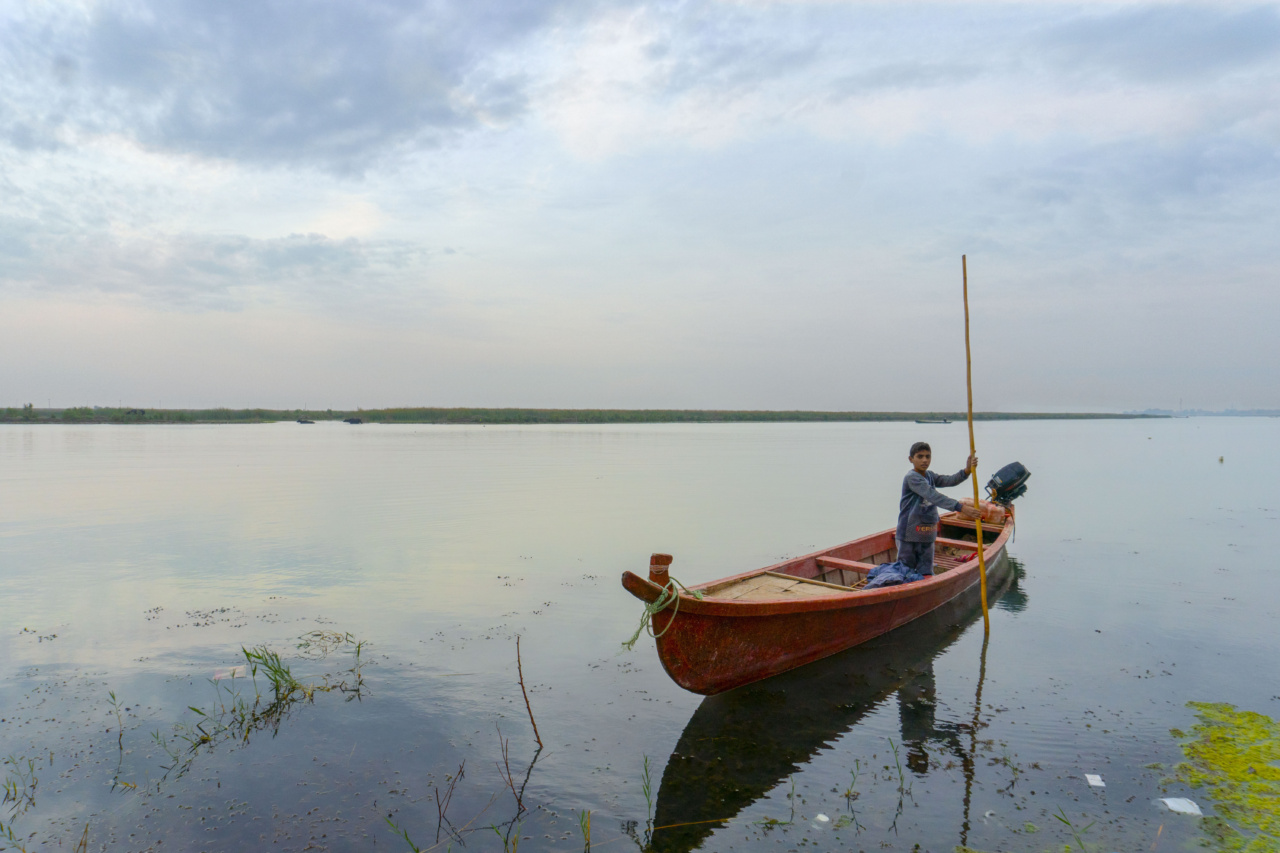Adolescence is a transformative period in a person’s life, marked by physical, emotional, and psychological changes. One aspect of this stage that often draws significant attention is sexuality.
As adolescents navigate their way through developing feelings, desires, and relationships, they are faced with a complex and evolving landscape of sexuality. The exploration of sexuality during this time is influenced by various factors, including societal attitudes, peer pressure, cultural norms, and personal experiences.
Understanding Sexual Development
Sexual development during adolescence is a multifaceted process that encompasses physical, emotional, and cognitive changes.
The onset of puberty triggers hormonal changes, leading to the development of secondary sexual characteristics and the awakening of sexual desires. Alongside these physical changes, adolescents also experience emotional and cognitive shifts related to their understanding and expression of sexuality.
Sex Education and Information
Sex education plays a crucial role in shaping adolescents’ understanding of their own bodies, relationships, and sexual health.
Comprehensive and age-appropriate sex education can provide adolescents with accurate information, dispel myths and misconceptions, and promote healthy attitudes towards sexuality. However, the availability and quality of sex education vary greatly across different countries and regions, leaving many young people ill-informed and vulnerable.
Peer Pressure and Societal Attitudes
Adolescents often face immense peer pressure when it comes to sexuality. The need to conform to societal expectations and fit in with their peers can lead to risky behaviors or the suppression of one’s true sexual identity.
Societal attitudes and cultural norms also exert influence, dictating what is considered acceptable or taboo when it comes to adolescent sexuality.
Exploration and Identity Formation
Adolescence is a time of experimentation and self-discovery, including the exploration of one’s sexual orientation and gender identity. Many young people use this period to better understand their attractions, preferences, and desires.
However, the process of sexual identity formation can be fraught with confusion, fear, and societal prejudice, leading to a significant emotional burden for adolescents who may be struggling with their sexuality.
Risks and Challenges
Adolescents engaging in sexual activity face a range of risks and challenges related to their physical and emotional well-being. Unprotected sex can lead to unintended pregnancies and the transmission of sexually transmitted infections (STIs).
Unhealthy relationships, peer pressure, and societal stigma can also negatively impact an adolescent’s mental health and overall quality of life.
Intersectionality and Adolescent Sexuality
Adolescents’ experiences of sexuality are shaped not only by their age but also by their intersecting identities, such as race, ethnicity, socioeconomic status, and disability.
These multiple dimensions of identity can influence how adolescents perceive and navigate their sexualities, as well as how society responds to them.
Supportive Environments and Resources
Creating supportive environments is crucial for adolescents to explore their sexuality in a safe and healthy manner.
Schools, families, communities, and healthcare providers all play vital roles in providing accurate information, promoting open dialogue, and offering non-judgmental support. Accessible and youth-friendly resources, such as counseling services and sexual health clinics, can also contribute to positive sexual experiences and outcomes for adolescents.
Consent and Healthy Relationships
Education about consent and healthy relationships is essential in reducing the risk of sexual coercion and violence during adolescence.
Empowering adolescents to understand and communicate their boundaries, rights, and desires can help prevent abusive situations and foster respectful and consensual sexual experiences.
Technology and Online Influence
The advent of technology and the internet has added a new dimension to adolescent sexuality.
Online platforms can provide valuable resources and information, but they also expose young people to potential risks, such as cyberbullying, sexting, and the consumption of explicit or harmful content. Navigating the online world requires digital literacy and critical thinking skills to ensure adolescents can make informed decisions and protect themselves.
Moving Towards an Inclusive and Comprehensive Approach
Creating a healthier and more inclusive environment for adolescent sexuality requires collective efforts from policymakers, educators, parents, and society as a whole.
By promoting open dialogue, accurate information, non-judgmental support, and respect for diversity, we can help adolescents navigate the complex world of sexuality, enabling them to embrace their identities, make informed choices, and lead healthy, fulfilling lives.































